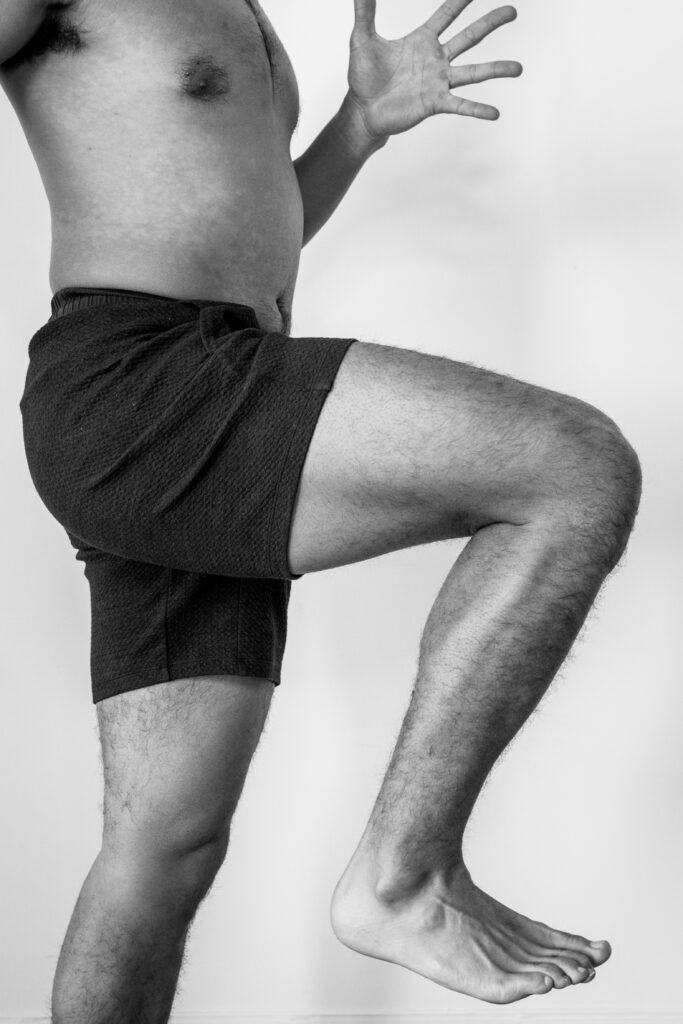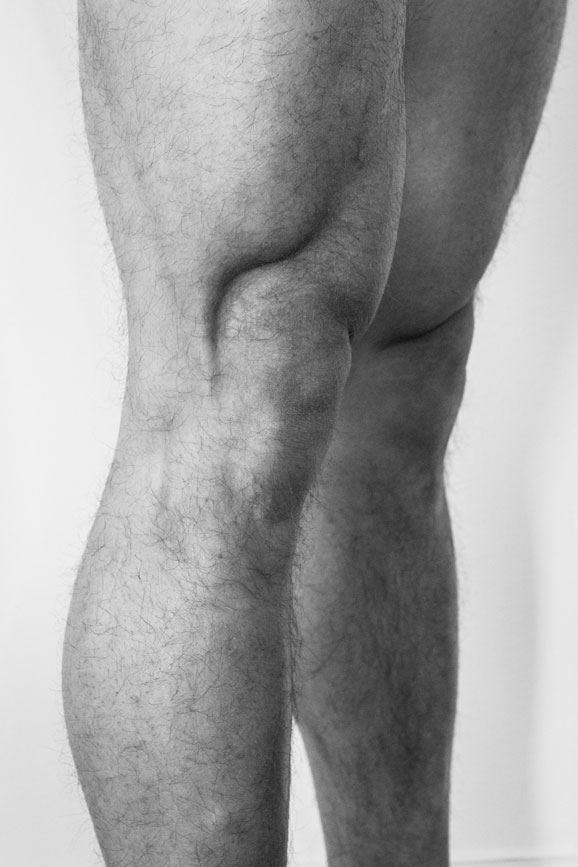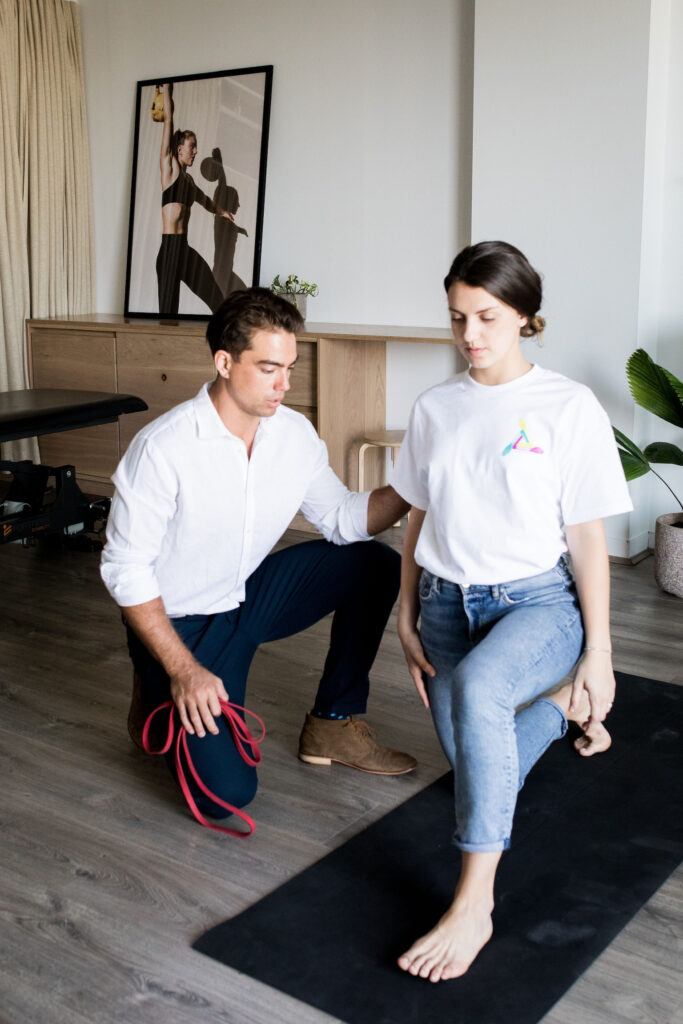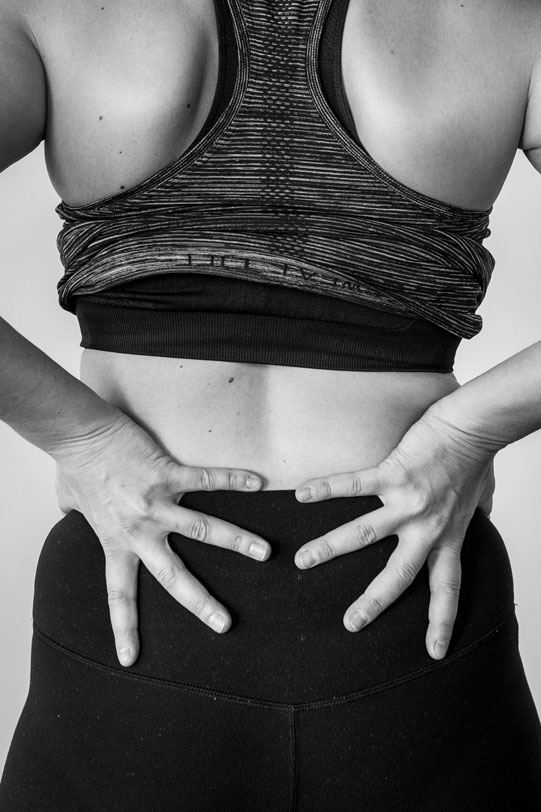Picture this…
You’ve decided that enough is enough and it’s time to go out on the trail walk all your friends have been posting about on their social media. You’re about 4 kilometres in of your 5 kilometre trail when you accidentally step on an uneven surface and role your ankle.
Ouch.
You proceed to gingerly walk the remaining kilometre back to your car, drive home and stumble in through your front door and into your kitchen.
You have a flash-back to when you did this the first time about 25 years ago and remember that your friend told you to rest, ice, compress and elevate your leg because it’d get better. You grab an ice-pack from the freezer, wrap it in a tea towel, and plop yourself on your couch with your foot up on the arm-rest. You’re scrolling through your social media feed and you come across and article that reads “less HARM, more PEACE + LOVE” and you’re intrigued.
The new way to better recovery from an acute injury that is characterised by swelling, pain and reduction in movement is to show it some PEACE & LOVE instead of doing more HARM to it. Let’s unpack this.
The Right Way To Treat Muscle Strains
Traditionally, acronyms such as RICE and POLICE were widely used to rehabilitate acute soft-tissue injuries, but these both failed to recognise the sub-acute and chronic stages of tissue healing. Here’s what we should be doing.
The PEACE Method
Protect – Stay clear of exercises that provoke the pain in the first couple of days.
Elevate – Elevate the injured limb higher than the heart as often as possible.
Avoid anti-inflammatories – During the early stages of an injury, inflammation is a natural process in the healing process.
Compression – Use elastic bandages or tape to reduce swelling.
Education – Understand your injury and listen to your body (you’re doing this right now).
&
The LOVE Method
Load – In the early stages, let pain guide how much you load your body during exercise.
Optimism – Stay confident and positive during your recovery, because it’s important to stay condition physically and mentally.
Vascularisation – Commence pain-free exercises to promote blood flow to the area.
Exercise – Restore mobility, strength and proprioception by adopting an active approach to recovery.
So that’s what we should be doing in the initial stages of an acute injury, but here’s what we should avoid.
HARM
Heat – Avoid hot baths/showers, heat packs, spas or saunas in the first 48-72 hours as this will lead to an increase in blood flow to the region, thus increasing the swelling.
Alchohol – Consuming of alchohol increases the swelling and bleeding whilst having an effect on delaying healing.
Running/Exercise – Any form of exercise too soon is detrimental to tissue healing.
Massage – Over-excessive massage around the affected area within 48-72 hours may aggravate damaged tissue. However, massage done correctly, may help reduce the swelling.
If you have recently injured yourself or have more questions about this, please don’t hesitate to visit us in clinic or give us a call to talk with one of our practitioners.
Reference:
Dubois B, Esculier J-F., Br J Sports Med 2020;54:72–73.
- Written By Daniel Muntz (Physiotherapist)
- Last Updated On 14 Nov 2023





